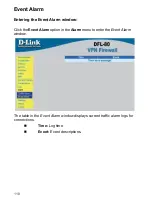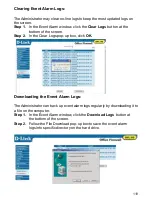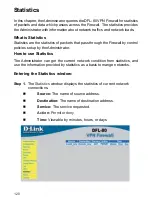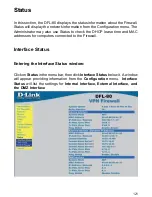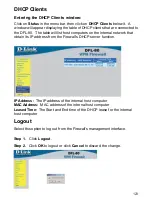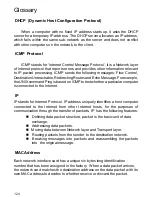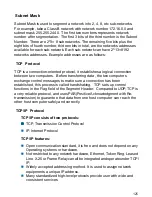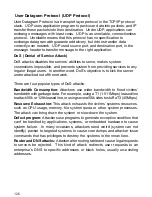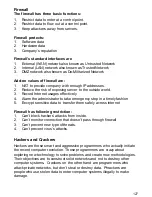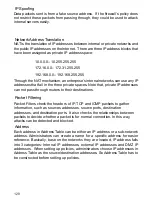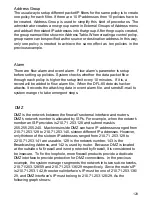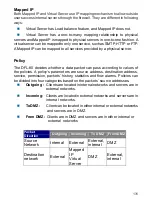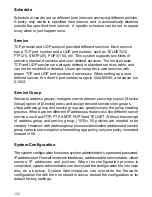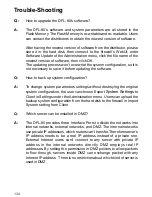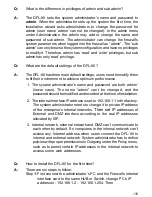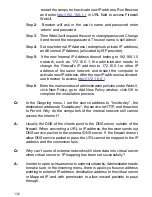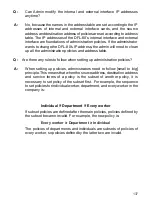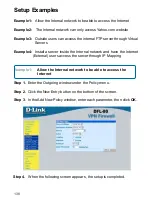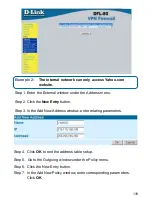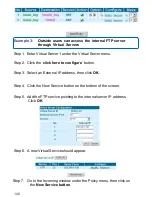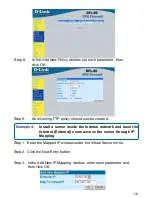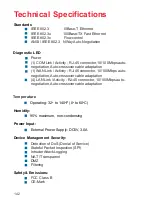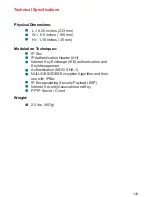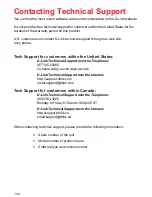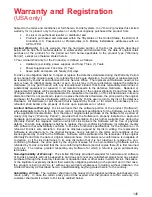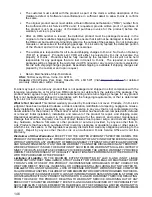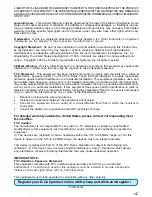
132
Schedule
Schedule is used to set up different time intervals conveying different policies.
A policy only works in specified time interval, and is automatically disabled
outside the specified time interval. A specific schedule can be set to repeat
every week or just happen once.
Service
TCP protocol and UDP protocol provided different services. Each service
has a TCP port number and a UDP port number, such as TELNET(23),
FTP(21), SMTP(25), POP3(110), etc. This system supports two kinds of
services: standard services and user defined services. The most popular
TCP and UDP services are already defined in standard services table, and
can not be modified or deleted. Users can setup their own services with
proper TCP and UDP port numbers if necessary. When setting up a user
defined service, the client’s port number range is 1024:65535, and server’s is
0:1023.
Service Group
Similar to address groups, mangers can create new service groups in [Service
Group] option of [Service] menu and assign desired services into groups.
Using address group and service group can greatly simply the policy creating
process. If there are ten different IP addresses that access five different server
services, such as HTTP, FTP, SMTP, POP3 and TELNET. Without the concept
of address group and service group, (10*5)= 50 policies are needed to be
created. However, with address group in source/destination address and service
group name in service option when setting up a policy, only one policy is needed
instead of 50.
System Configuration
The system configuration file stores system administrator’s name and password,
IP addresses of Firewall’s network interfaces, address table, service table, virtual
servers’ IP addresses and policies. When the configuration process is
completed, system administrator can download the configuration file into local
disc as a backup. System Administrators can overwrite the firewall’s
configuration file with the one stored in disc or restore the configuration to its
default factory settings.

